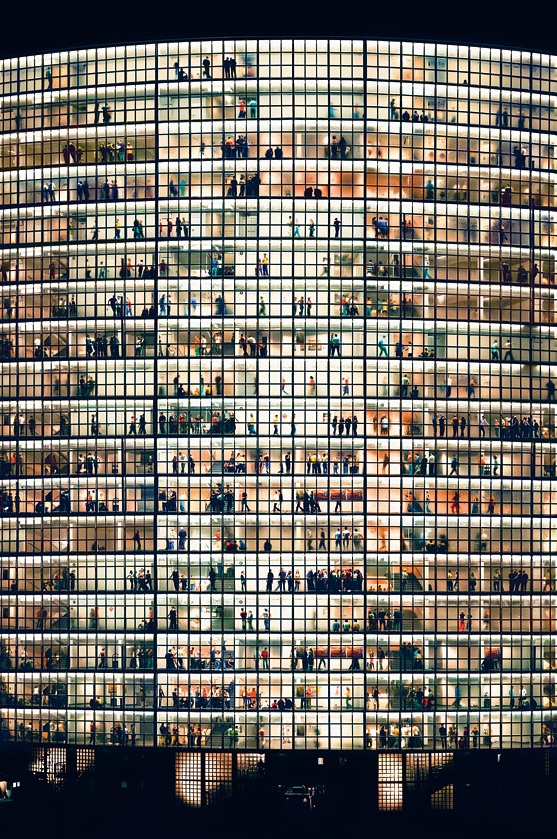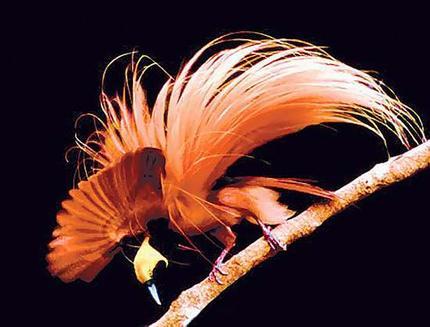The CMN colour system was created in 1986 in Italy. It shows how colours change. How they can get brighter and eventually become white (bianco) or darker, thus resulting in black (nero). They can also become transparent (trasparente) or reflective (speculare). The CMN-86 colour system is about how colours appear, change and disappear. Going from dark to bright and from reflective to transparent, a specific colour can become very different, this system takes that fact into consideration, as the only one!
This system takes the shape of a tetrahedron, originally met in Plato’s geometrical ideas of colours. It can be combined with other systems in order to not only express the origins of the colours but also reflect the intentions of the observer. C is for “colori” an etymologically interesting word that means “something disguised and revealed”. In other words, something is taken away from white light (original essence) so that the object is revealed.
Synesthesia is a condition in which one sense (for example, hearing) is simultaneously perceived as if by one or more additional senses such as sight. Another form of synesthesia joins objects such as letters, shapes, numbers or people’s names with a sensory perception such as smell, color or flavor. The word synesthesia comes from two Greek words, syn (together) and aisthesis (perception). After some research I found out that synesthesia is divided in different types according to what senses are involved. The specific one concerning sound and color is called Chromesthesia. I wanted to use that as a base for my work and try to find a way to combine this scientific fact with the colour system I’m working on.

Instead of imagining a color moving and evolving into the tetrahedron, let’s imagine a sound.
thus:
Color = sound
Bianco = high pitch
Nero = low pitch
Transparente = puissance
Speculare = delay
I first decided to work with sounds of everyday-life like opening the fridge, cooking, turning the light on. I wanted so see what could happen to this typical sounds within this new system.
These sounds were finally too complex and couldn’t really make the system clear and understandable, I preferred to use a really simple and pure sound and make it move in the system to reveal its logic. I made a book so, while you are listening, you can see where the sound is located on the tetrahedron and, therefore, grasp the system.
[audio:https://designblog.rietveldacademie.nl/wp-content/uploads/2012/12/1-track-011.mp3|titles=1-track-01]
[audio:https://designblog.rietveldacademie.nl/wp-content/uploads/2012/12/2-track-02.mp3|titles=2 track 02]
[audio:https://designblog.rietveldacademie.nl/wp-content/uploads/2012/12/3-track-03.mp3|titles=3 track 03]
[audio:https://designblog.rietveldacademie.nl/wp-content/uploads/2012/12/4-track-04.mp3|titles=track 04]
[audio:https://designblog.rietveldacademie.nl/wp-content/uploads/2012/12/5-track-05.mp3|titles=track 05]
[audio:https://designblog.rietveldacademie.nl/wp-content/uploads/2012/12/6-track-06.mp3|titles=track 06]
[audio:https://designblog.rietveldacademie.nl/wp-content/uploads/2012/12/7-track-07.mp3|titles=track 07]
[audio:https://designblog.rietveldacademie.nl/wp-content/uploads/2012/12/8-track-08.mp3|titles=track #08]
[audio:https://designblog.rietveldacademie.nl/wp-content/uploads/2012/12/9-track-09.mp3|titles=track #09]
[audio:https://designblog.rietveldacademie.nl/wp-content/uploads/2012/12/10-track-10.mp3|titles=track #10]
[audio:https://designblog.rietveldacademie.nl/wp-content/uploads/2012/12/11-track-11.mp3|titles=track #11]
[audio:https://designblog.rietveldacademie.nl/wp-content/uploads/2012/12/12-track-12.mp3|titles=track #12]My project consists of the translation of a visual system regarding colour to a visual system regarding sound. The original CMN system shows how colour appears, changes and disappears, from black to white, across reflection and transparency. This system is a way to apprehend a colour and its nature within a defined scientific tetrahedron-shaped space. Applying it to sound give us a way to approach sounds in a different angle, sounds can become autonomous elements of our environment.
Then, we could imagine to use this system on other matters like smell, touch, feelings, … and give a tangible and reachable reality to the unspeakable.


















